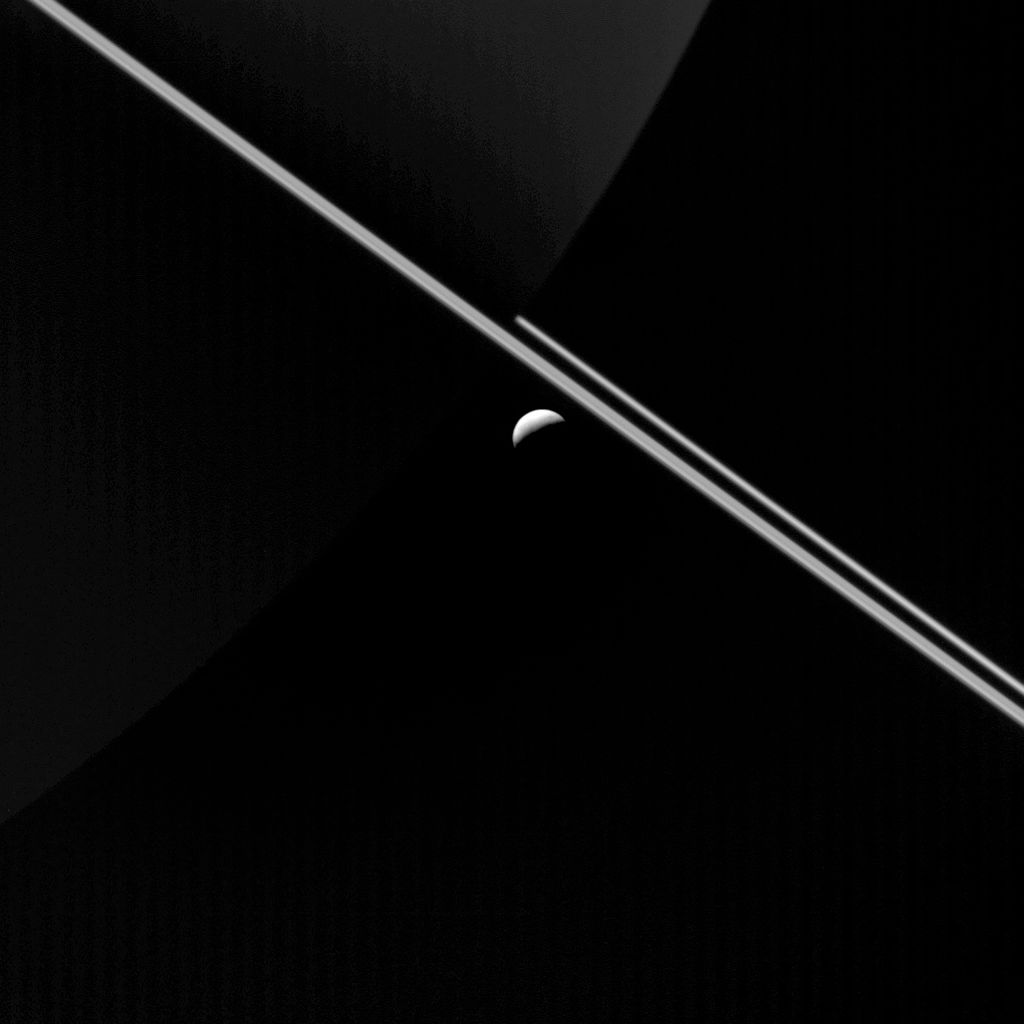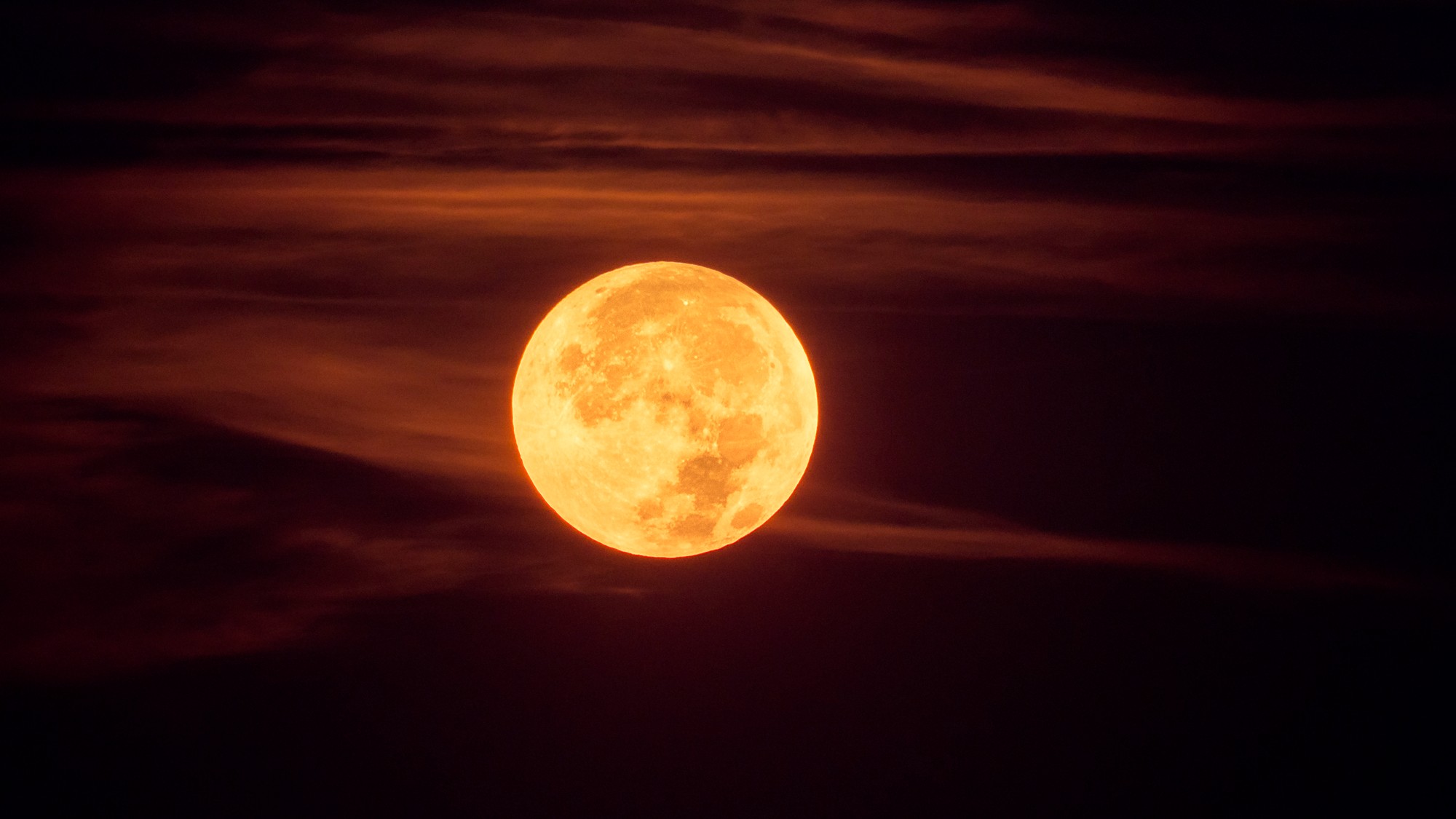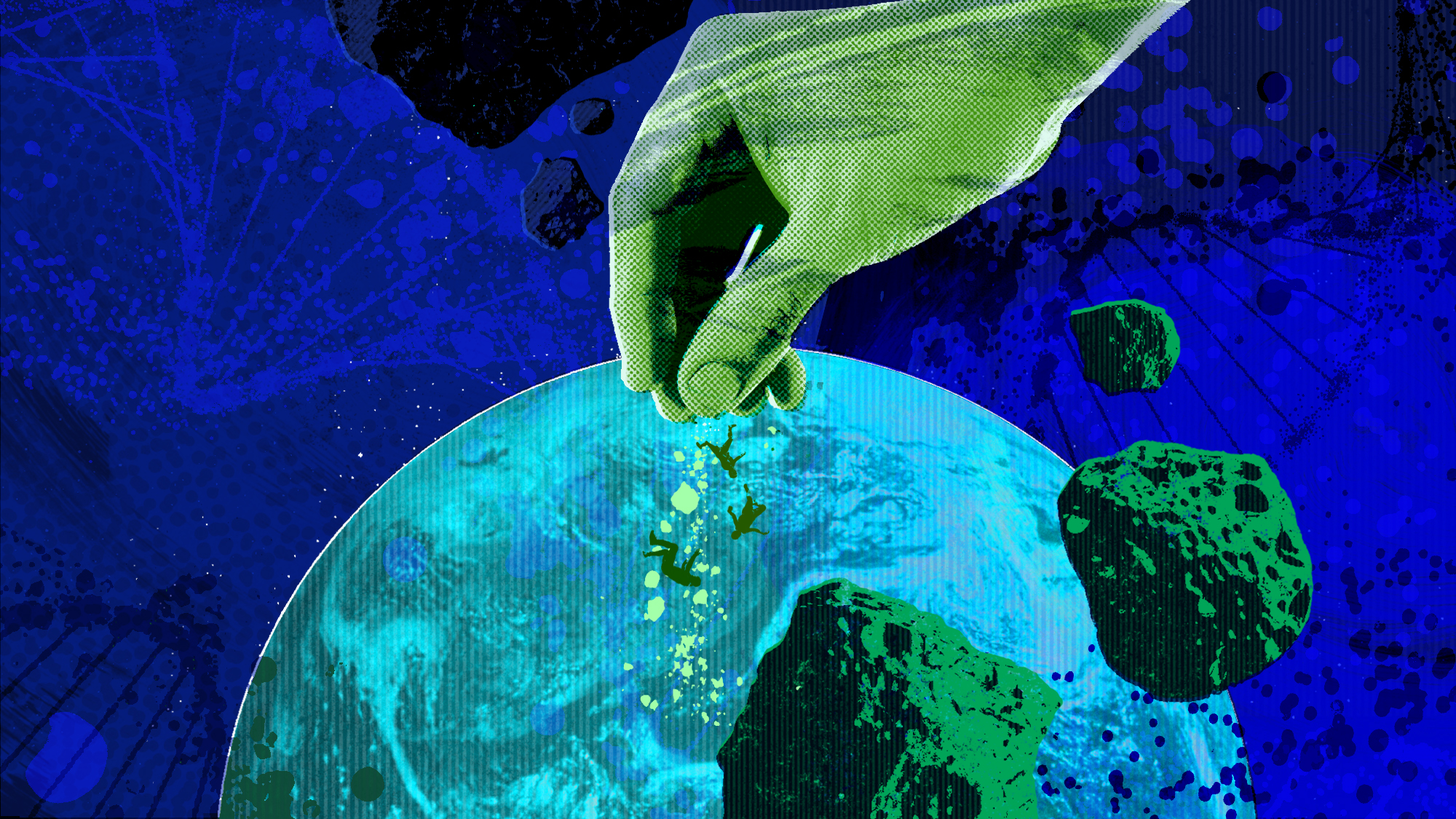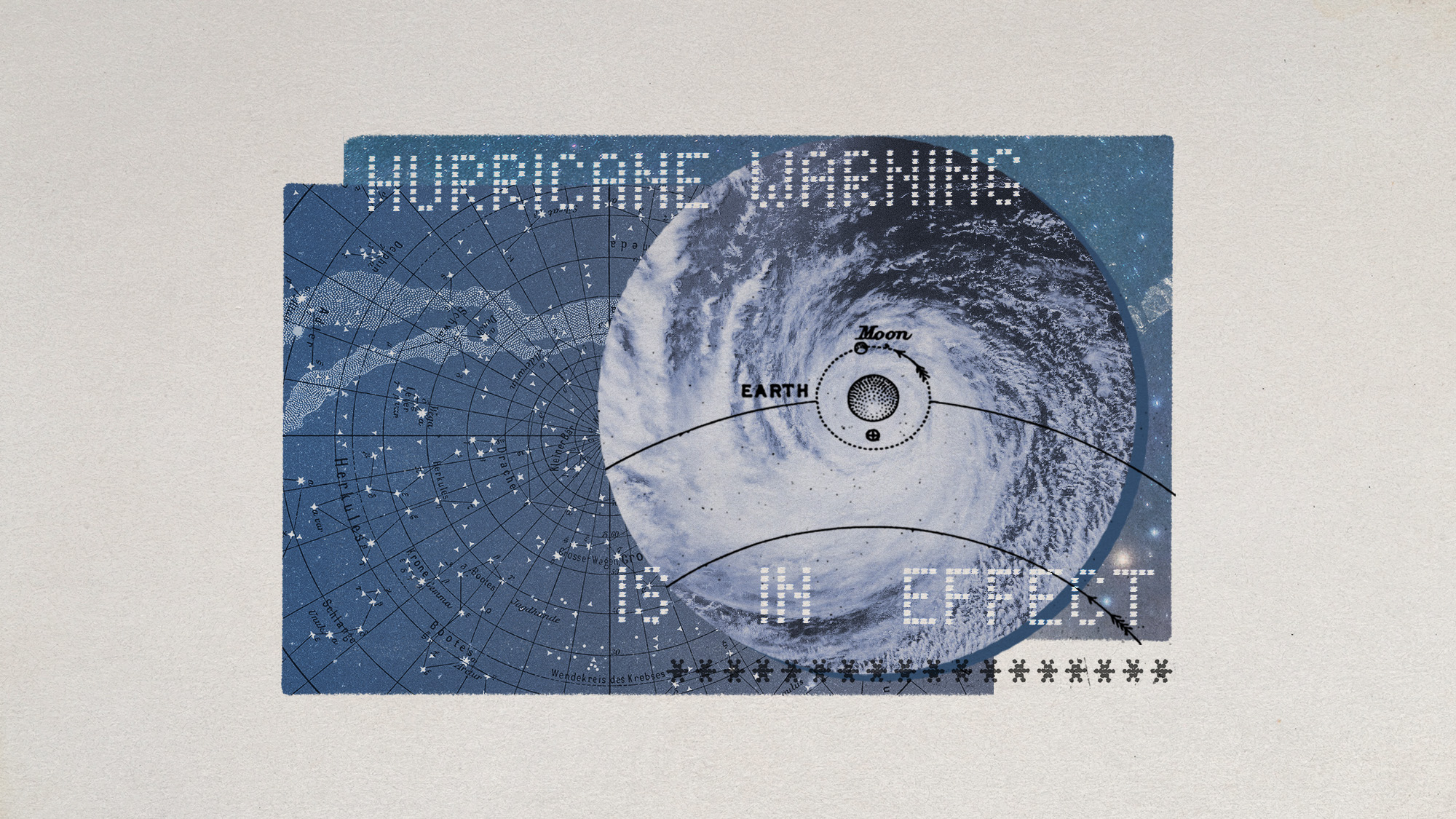Scientists find new signs of possible microbial life on Saturn moon


Saturn's moon Enceladus, which is believed to have a vast ocean beneath its icy surface, may be a candidate to house microbial life, a new study published in Nature Astronomy by scientists at the University of Arizona and Paris Science and Lettres University suggests, Science Daily reports.
The authors made sure to clarify that their research does not in any way confirm the existence of extraterrestrial microbes on Enceladus, but they did determine, via mathematical models, that the moon's relatively high concentration of methane detected by the Cassini spacecraft is consistent with microbial hydrothermal vent activity on the bottom of Earth's oceans. The researchers were confident that the methane concentration measured by Cassini was too high to have been produced by known physical processes found on Earth, though that doesn't rule out the possibility that unrecorded abiotic processes are the cause, rather than something biological in nature.
Regis Ferriere, an associate professor at the University of Arizona, summed up the purpose of the study. "Obviously, we are not concluding that life exists in Enceladus' ocean," he said. "Rather, we wanted to underscore how likely it would be that Enceladus' hydrothermal vents could be habitable to Earth-like microorganisms. Very likely, the Cassini data tell us, according to our models." Read more at Science Daily.
The Week
Escape your echo chamber. Get the facts behind the news, plus analysis from multiple perspectives.

Sign up for The Week's Free Newsletters
From our morning news briefing to a weekly Good News Newsletter, get the best of The Week delivered directly to your inbox.
From our morning news briefing to a weekly Good News Newsletter, get the best of The Week delivered directly to your inbox.
A free daily email with the biggest news stories of the day – and the best features from TheWeek.com
Tim is a staff writer at The Week and has contributed to Bedford and Bowery and The New York Transatlantic. He is a graduate of Occidental College and NYU's journalism school. Tim enjoys writing about baseball, Europe, and extinct megafauna. He lives in New York City.
-
 What new cryptocurrency regulations mean for investors
What new cryptocurrency regulations mean for investorsThe Explainer The Treasury and the Financial Conduct Authority aim to make the UK a more attractive and safer place for crypto assets
-
 The Salt Path Scandal: an ‘excellent’ documentary
The Salt Path Scandal: an ‘excellent’ documentaryThe Week Recommends Sky film dives back into the literary controversy and reveals a ‘wealth of new details’
-
 AI griefbots create a computerized afterlife
AI griefbots create a computerized afterlifeUnder the Radar Some say the machines help people mourn; others are skeptical
-
 Blue Origin launches Mars probes in NASA debut
Blue Origin launches Mars probes in NASA debutSpeed Read The New Glenn rocket is carrying small twin spacecraft toward Mars as part of NASA’s Escapade mission
-
 ‘The Big Crunch’: why science is divided over the future of the universe
‘The Big Crunch’: why science is divided over the future of the universeThe Explainer New study upends the prevailing theory about dark matter and says it is weakening
-
 Dinosaurs were thriving before asteroid, study finds
Dinosaurs were thriving before asteroid, study findsSpeed Read The dinosaurs would not have gone extinct if not for the asteroid
-
 The moon is rusting
The moon is rustingUnder the radar The Earth is likely to blame
-
 Panspermia: the theory that life was sent to Earth by aliens
Panspermia: the theory that life was sent to Earth by aliensUnder The Radar New findings have resurfaced an old, controversial idea
-
 Africa could become the next frontier for space programs
Africa could become the next frontier for space programsThe Explainer China and the US are both working on space applications for Africa
-
 SpaceX breaks Starship losing streak in 10th test
SpaceX breaks Starship losing streak in 10th testspeed read The Starship rocket's test flight was largely successful, deploying eight dummy satellites during its hour in space
-
 Hurricanes are not exclusive to Earth. They can happen in space.
Hurricanes are not exclusive to Earth. They can happen in space.Under the radar These storms may cause navigational problems
